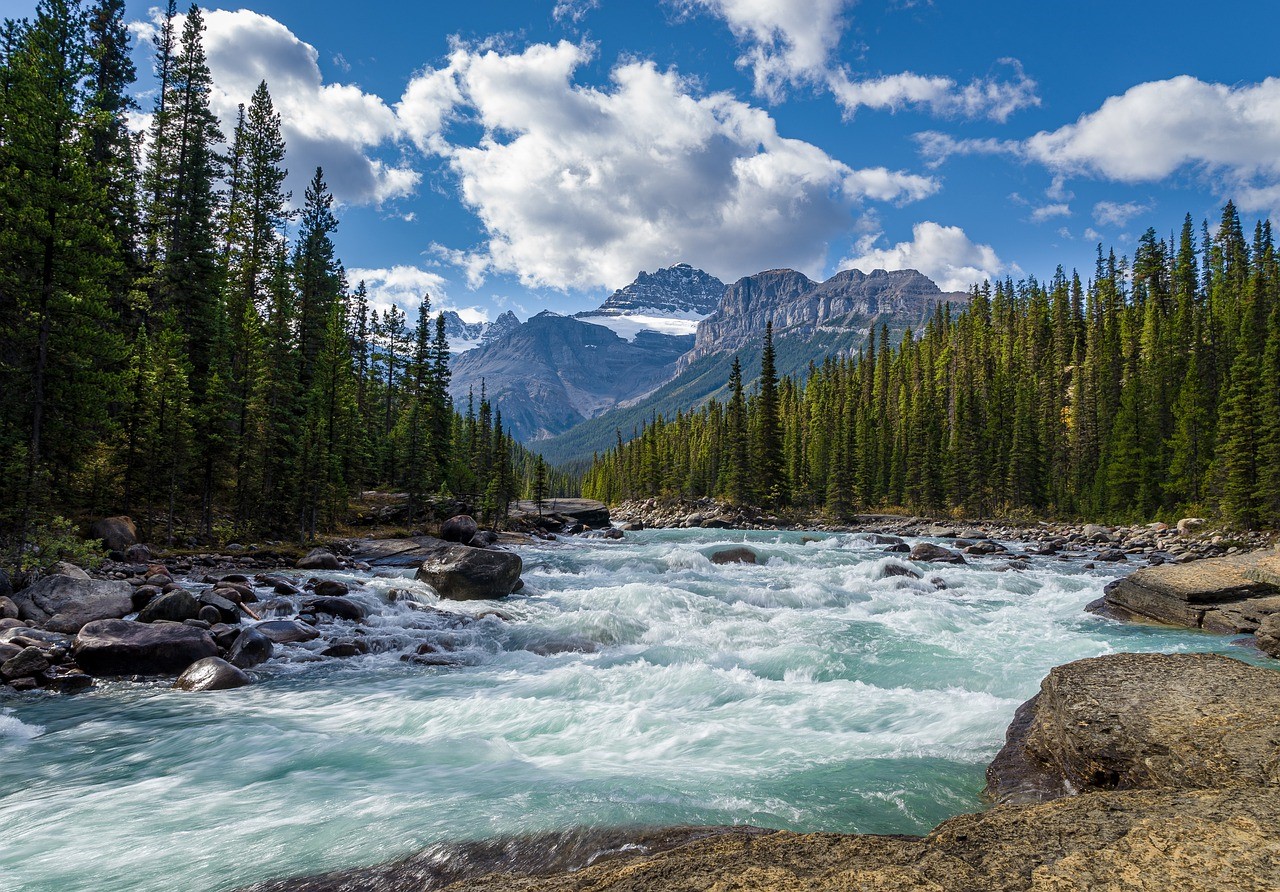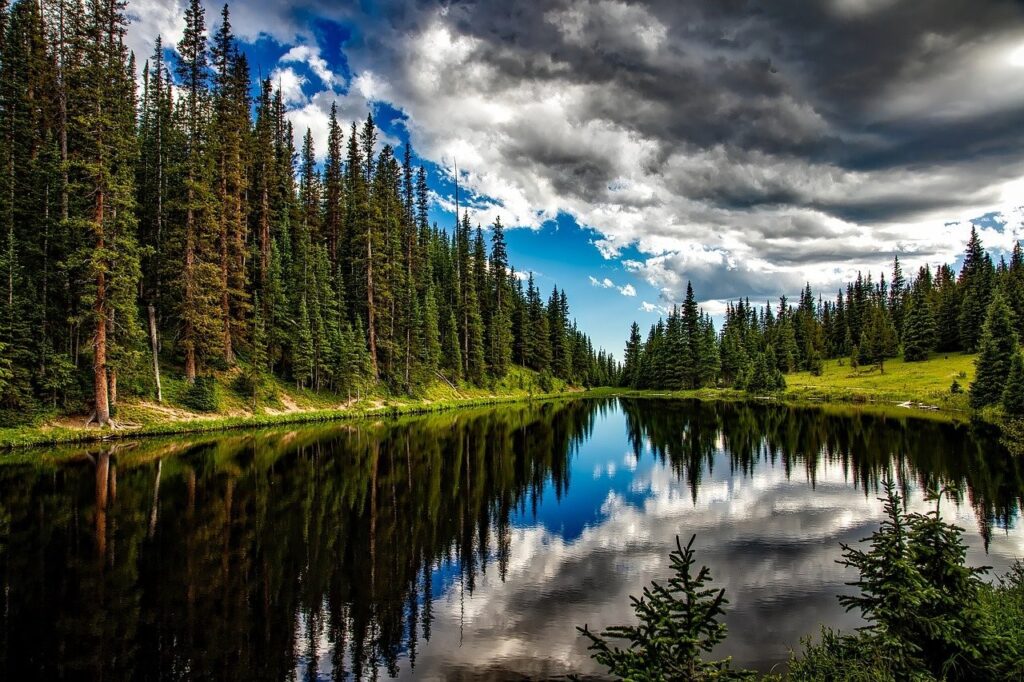Latest News
What Are Conifers?

Conifers are a group of seed plants (taxonomically an order, subclass, class, or division), all of which are descended from a common ancestor in the late Paleozoic, more than 300 million years ago, that they do not share with any of the other four living groups of seed plants. The nearly 550 species of conifers are found all around the world (although in differential abundance and prominence), on every continent (except Antarctica), and on many islands. Many conifers are familiar plants, especially those belonging to the most widespread genera: pines (Pinus), firs (Abies), spruces (Picea), and junipers (Juniperus) in the northern hemisphere (Plate 1), and yellowwoods (Podocarpus) in the southern. Taken together, these five genera contain about 300 species, more than half the living conifer species, and occur in almost all the places where any conifers are found.
All but about 15 species of conifers are evergreen, even in temperate and colder climates. Most flowering plants are also evergreen (especially those of the tropics and warm temperate regions) but typically are referred to as broad-leaved evergreens to distinguish them from the needle- and scale-leaved conifers. While the majority of conifers have needle-, scale-, or clawlike leaves, a few species have broader leaves that are a far cry from pine needles or juniper scales. Despite some variations, however, their distinctive leaf forms are among the most obvious characteristics uniting the conifers, since most of these forms are shared across the different families.
The name conifer means cone-bearer, but this characteristic, inclusive of the seeds in pine cone, is neither found in all conifers nor confined to them. Still, the particular structure of the seed cones, when present, is unique to conifers. This structure basically involves seed scales in the axils (and often more or less united with) bracts, with both kinds of organs attached to the axis of the cone. This is a compound cone because it is a highly condensed, branched, reproductive shoot consisting of cone axis clothed with modified leaves (the bracts), each bearing a small branch in its axil (the seed scale). Seed scales do not look like branches, but their equivalence to shoots has been demonstrated by studies of the development of modern conifer seed cones and of the structures of ancient fossil conifers.

Divergent interpretations of the specifics of each of these lines of evidence have not changed the basic concept that the seed scales of conifer seed cones consist of a number of ancestrally separate seed-bearing structures (and often non-seed-bearing ones as well) of an axillary dwarf shoot that became united phylogenetically and developmentally into a single structure. None of the other seed plant groups has seed-bearing organs with this structure. Gnetophytes are the most similar because they too have compound seed cones, but theirs lack seed scales and instead have reproductive dwarf shoots in the axils of the bracts that consist of separate rather than united parts. Most of the other seed plant groups have simple seed cones or none at all.
Besides the compound seed cones and needles (or scale) leaves, conifers also have distinctive wood that differs from the wood of cycads in being more compact, and from that of Gnetophytes and most flowering plants in having water-conducting tissue consisting solely of tracheids, without the larger-diameter vessels that have greater water-conduction capacity. Similar wood is, however, found in Ginkgo, which differs from conifers in its fan-shaped leaf from and seed-bearing structures: large seeds are paired at the tips of slender stalks and lack any associated bracts or scales.
Another feature that loosely unites the conifers and separates them from the other seed plants is the structure of pollen grains. Conifers mostly have one of two basic types of pollen grains. The most distinctive forms, at least among living seed plants, are the ones with two or three air bladders, the forms found in most Pinaceae, including the common pines, firs, and spruces, and in most Podocarpaceae, including the widespread yellowwoods. The other predominant from is nearly spherical, with a bumpy to smooth surface but few other obvious features. Both forms have more than the two or three included nuclei found in flowering plant pollen grains. The latter also have different, more complicated wall structures as well as myriad variations in shape, germination regions, and sculpturing of the surface. Cycads and Ginkgo have more or less boat-shaped grains, while many Gnetophytes have pollen grains with longitudinal furrows.
Thus even though there is no single feature that unites all conifers and sets them apart from the other groups of living seed plants, there is ample evidence for their unity and distinctness. This unity reflects their common heritage from an ancestral conifer that is uniquely their ancestor. At the same time, their obvious similarities to the other seed plants reflect an even more ancient common ancestor, shared by all the seed plants, that lived more than 350 million years ago.
Umar Nisar was born and raised in the busy city of Abbottabad. As a journalist, Umar Nisar has contributed to many online publications including PAK Today and the Huffing Post. In regards to academics, Umar Nisar earned a degree in business from the Abbottabad UST, Havelian. Umar Nisar follows the money and covers all aspects of emerging tech here at The Hear Up.
Thanks










